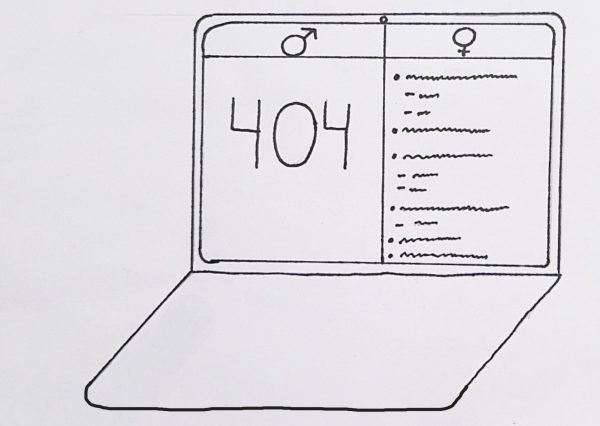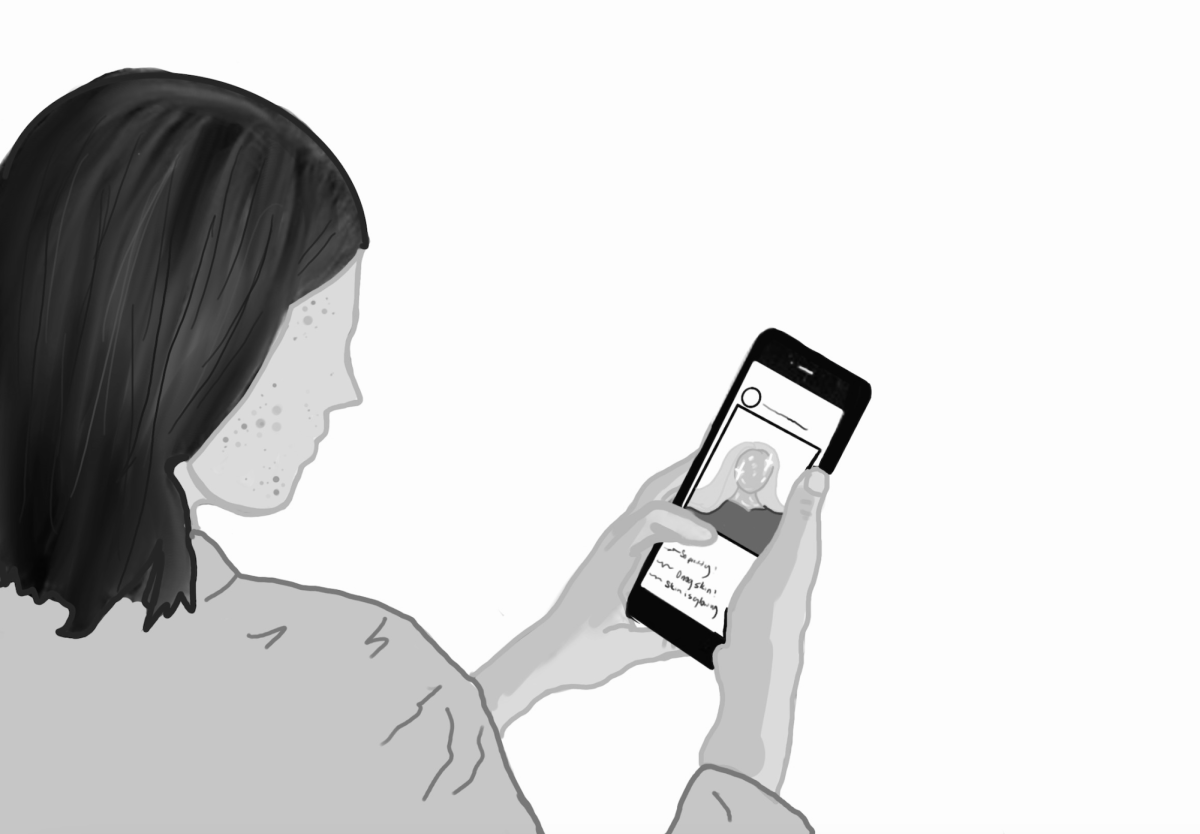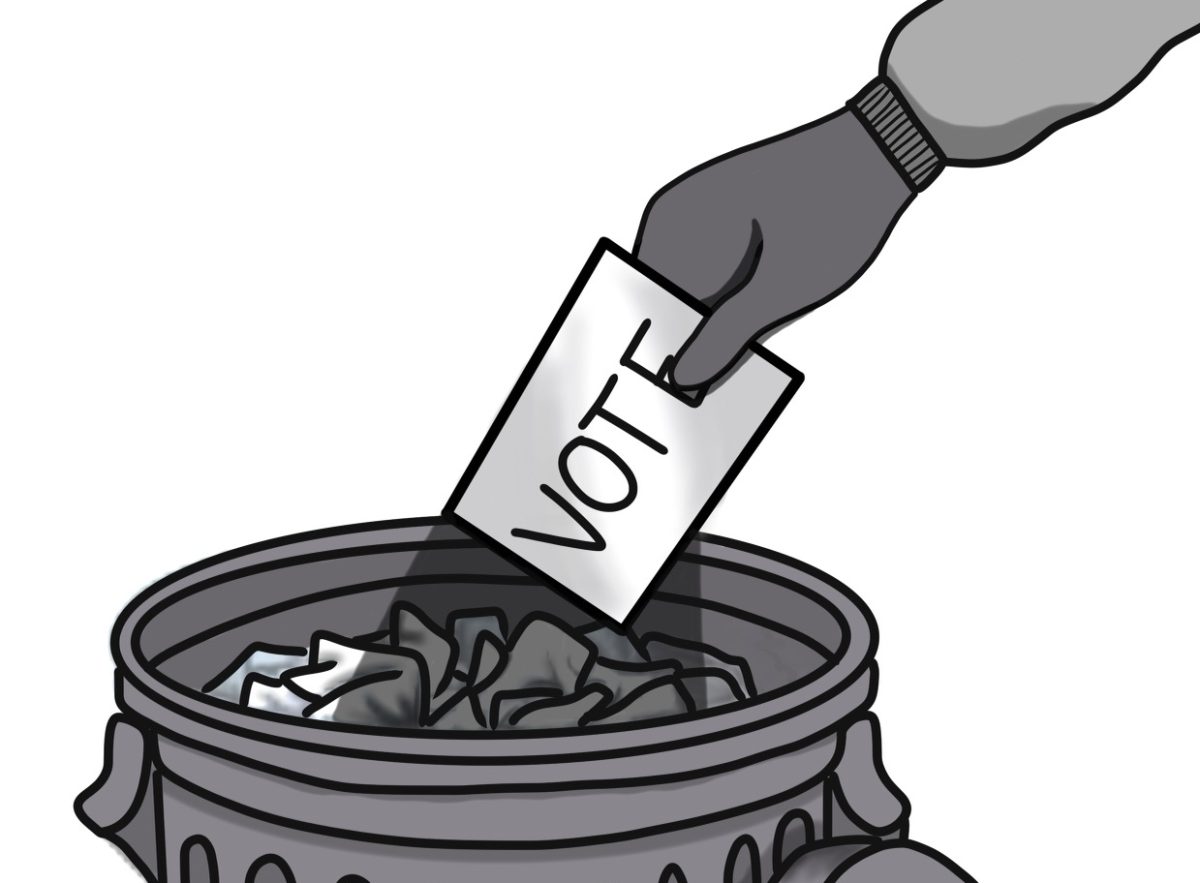As the old proverb, said originally by Charles Kettering goes, understanding your problem is half of the solution, so a lack of information on a topic makes creating solutions to it exponentially harder. If we cannot get an accurate picture of the struggles many teens face with mental health, addressing those problems and lowering the rates of depression will be much more difficult. There are certain tools, like the California Healthy Kids Survey and the Center for Disease Control’s (CDC) Youth Risk Behavioral Survey, that collect data on youth mental health on a massive scale, among other topics. The California Healthy Kids Survey, and many other surveys like it, underreport young men’s depression because they only ask about symptoms of depression that are commonly present in females rather than covering those commonly present in males.
While many people will display similar symptoms of depression, like sadness and hopelessness, there is an entirely different spectrum of symptoms that are often displayed by men dealing with depression. Andrew Angelino, the Chair of Psychiatry at Howard County General Hospital, speaks on some of these emotional differences,
“Women with depression may come in crying; men may come in acting out in anger…we’ve taught boys that they don’t cry; so instead of crying, they get angry and threatening,” Angelino said.
Due to this attitude towards displays of emotions associated with depression as being weak, when men do experience those emotions, they’re less likely to seek out help, instead, they will more commonly resort to self-harm. An article on the differences between men’s and women’s mental health from Johns Hopkins Medicine states, “Men and women also cope with depression in different ways, with women more likely to seek help. Men are four times more likely to commit suicide than women, accounting for nearly eight out of every 10 suicides in this country.”

While it is generally accepted that different people can display depression in different ways, mainly due to societal pressure, the surveys that we use as a society to quantify mental health problems in teens do not ask about the different ways that people can display depression. Instead, they only focus on the one narrative that depression is sadness and hopelessness. Both the CDC Youth Risk Behavior Survey and the CA Healthy Kids Survey fail to ask questions that are inclusive of all common symptoms of depression. The CA Healthy Kids Survey asks students a few different questions, including, “In the past month, how often did you feel very lonely?” and, “[How often do you experience] Chronic Sad or Hopeless Feelings, [in the] past 12 Months?” The problem with both of these questions is that they fail to include symptoms of depression commonly found in men and women, only focusing on the symptoms commonly found in women. California is not alone in these mistakes, as the national CDC Youth Risk Behavior Survey asks if students had experienced persistent feelings of sadness or hopelessness during the past year.” This survey by the CDC was broken down by sex and found that 57 percent of females experienced these feelings as opposed to only 29 percent of males. Without asking questions that are inclusive of men and women, that 29 percent is likely much larger in reality.
Many males and females indeed experience many of the same symptoms of depression, and those symptoms will vary from person to person. On the other hand, due to societal expectations for men to be strong and not emotionally vulnerable, many men can experience feelings of loneliness and sadness as well as express their emotions violently or aggressively. Those violent and aggressive emotions are far less commonly associated with depression and are instead assumed to be a problem with the men themselves, which can overshadow the other indications of depression that may be present.
These questions and surveys must be changed to be inclusive of the common symptoms of depression that are displayed by everyone, not just following the antiquated definitions of what symptoms indicate depression. For example, by using language that includes the wider spectrum of emotions related to depression, like hostility and aggression in addition to sadness and hopelessness, these questions could better encompass all respondents. By making these questions inclusive for everyone, society can achieve a more complete understanding of the mental health challenges faced by men and women today, which will put us in the right direction to solving these issues.


















